Cost Analysis of Single-Girder Overhead Cranes: Manual vs. Electric Control Comparison
Single-Girder Overhead Cranes are essential for material handling in small to medium industrial settings. The choice between manual and electric control systems, particularly when integrating an Electric Hoist, significantly impacts upfront costs, operational efficiency, and long-term maintenance. This article analyzes cost differences across purchase price, energy consumption, labor dependency, and maintenance, providing data-driven insights for informed decision-making.
Key Differences Between Manual and Electric Controls
1. Operation and Efficiency
Manual Control: Requires physical effort (e.g., chain pulling or hand-pushing trolleys), with efficiency at 30–40% of systems using an Electric Hoist.
Electric Control: Motor-driven Electric Hoist with remote or cabin operation enables precision and continuous workflows.
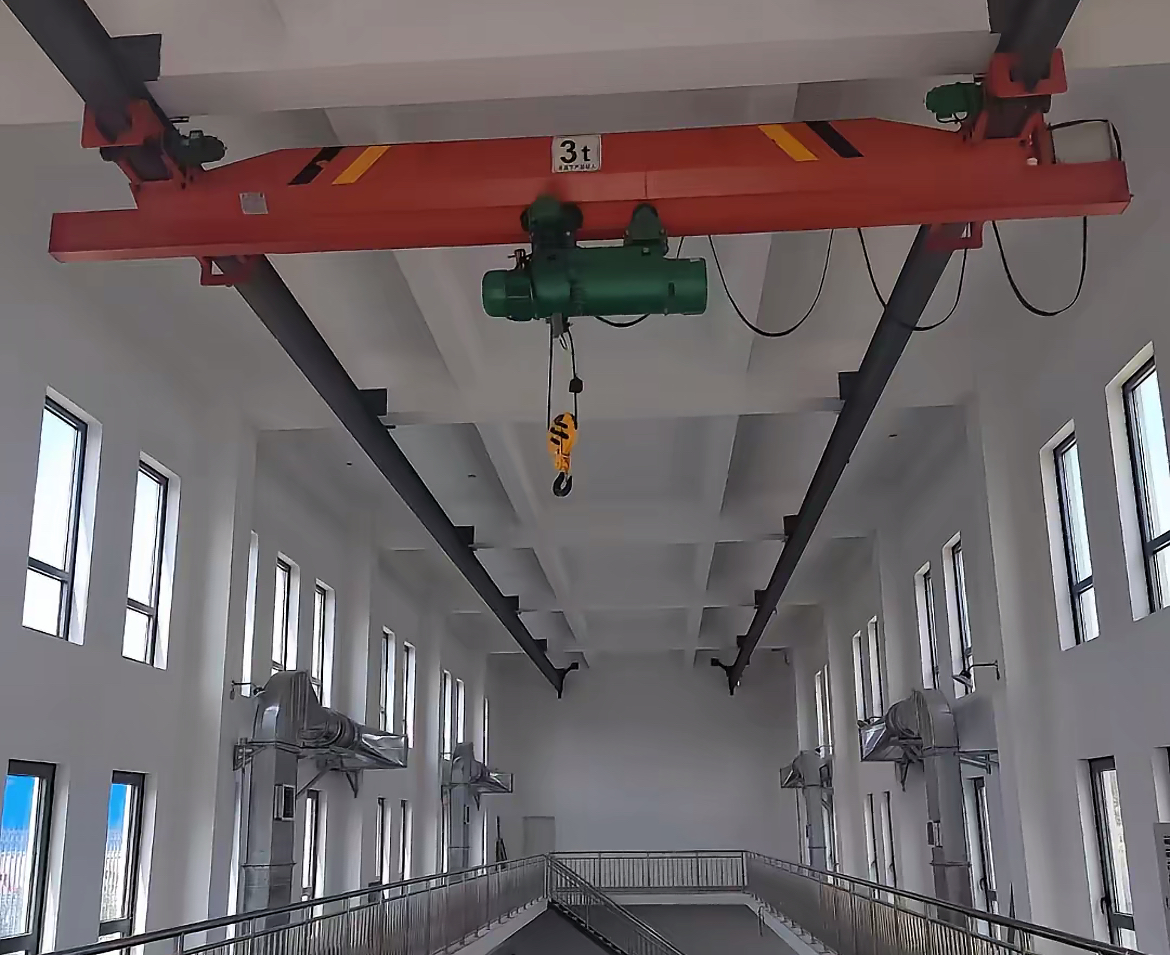
2. Typical Applications
Manual Single-Girder Overhead Cranes: Ideal for low-frequency use (≤2 hours/day), light loads (≤10 tons), and confined spaces.
Electric Single-Girder Overhead Cranes with Electric Hoist: Suited for high-frequency operations (≥4 hours/day), large spans (≥10 meters), and precision tasks.
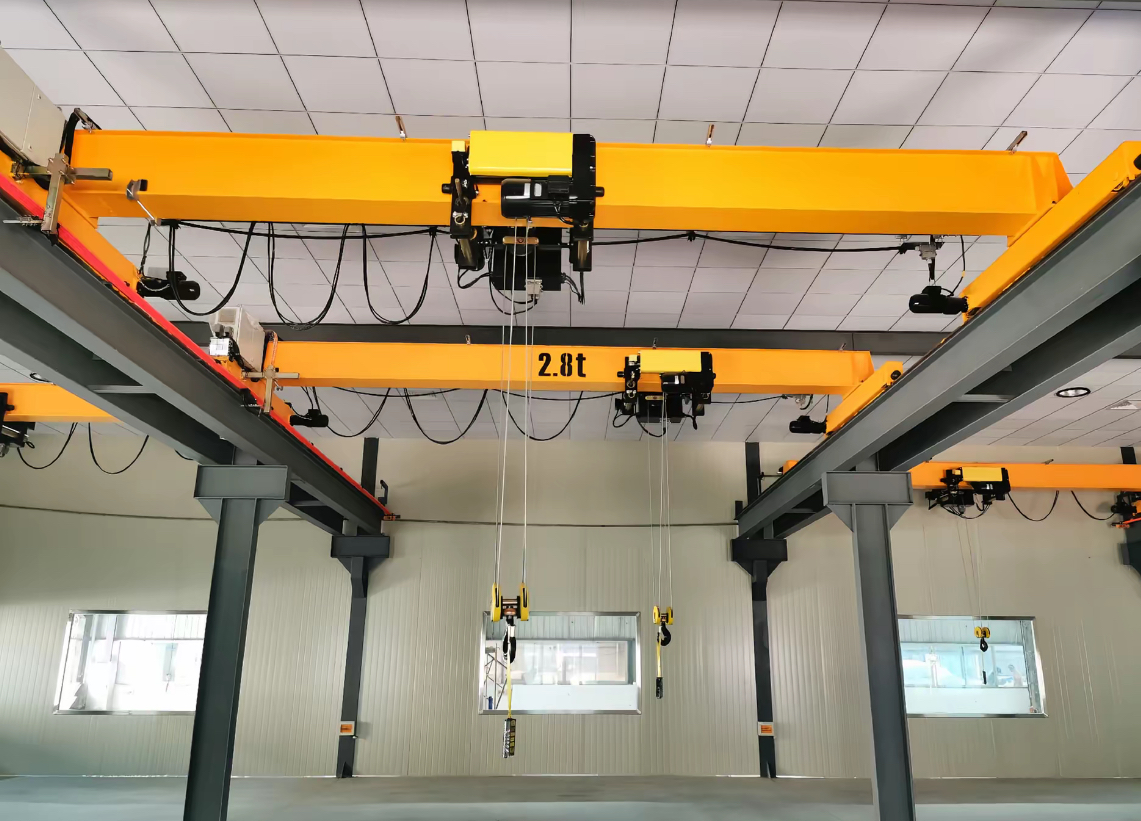
Cost Breakdown: Manual vs. Electric
1. Initial Purchase Cost
| Control Type | 5-Ton Price (USD) | 10-Ton Price (USD) | Key Components |
|---|---|---|---|
| Manual | $4,500–7,000 | $6,500–10,000 | Chains, pulleys, basic rails |
| Electric Hoist | $8,000–12,000 | $13,000–20,000 | Motors, inverters, brake systems |
Price Gap: Systems with Electric Hoist cost 60–80% more due to motors, drives, and control panels.
2. Operational Costs
| Cost Factor | Manual Control | Electric Hoist System |
|---|---|---|
| Labor Costs | 1–2 operators ($7,200/year) | 1 operator ($3,600/year) |
| Energy Costs | $0 | $240–600/year (3–7.5 kW motors) |
| Efficiency Loss | Slower workflows ($30,000/year loss) | Minimal downtime |
Long-Term Savings: Electric Hoist systems offset higher upfront costs in 2–3 years via labor and efficiency gains.
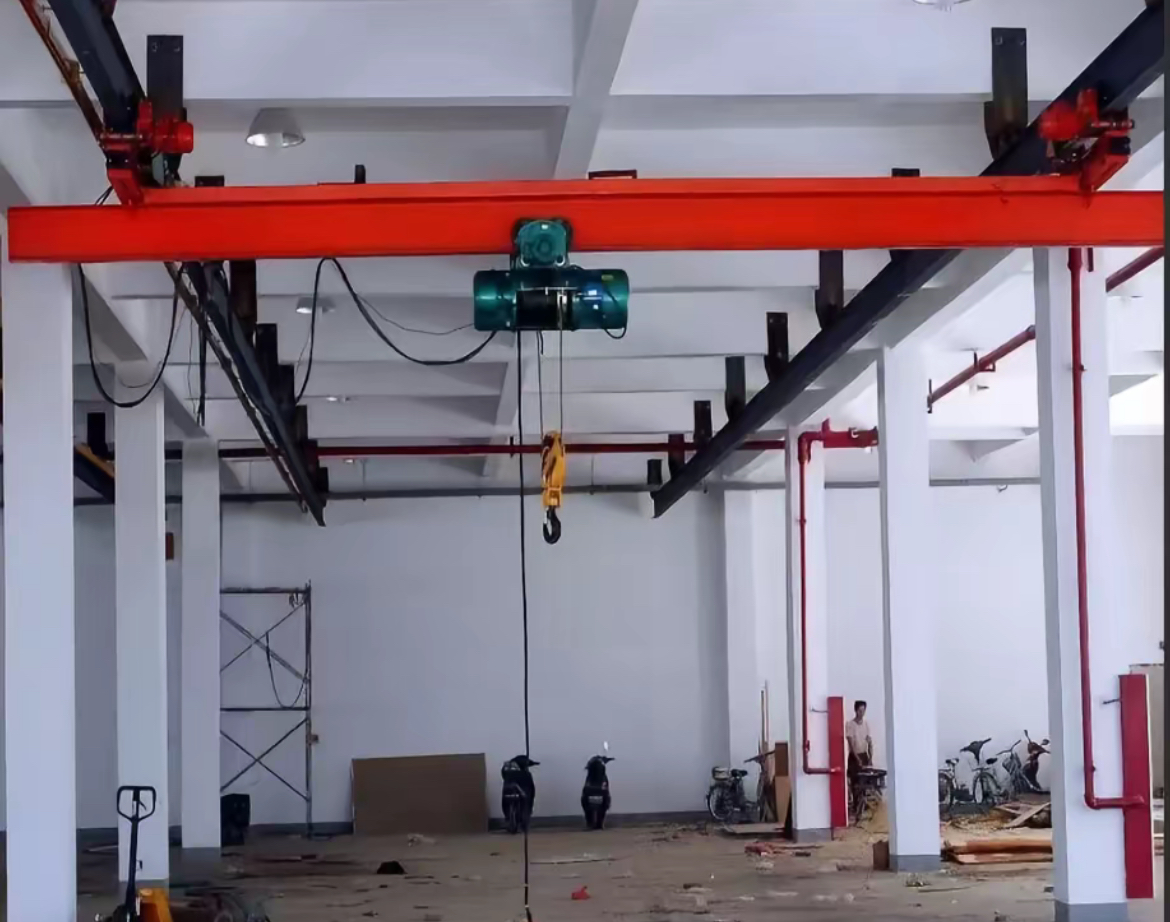
3. Maintenance Costs
| Maintenance Item | Manual Control | Electric Hoist Maintenance |
|---|---|---|
| Routine Checks | Chain lubrication ($60/year) | Motor inspections ($180/year) |
| Failure Rate | Low (no complex electronics) | Higher (motor/controller wear) |
| Major Repairs | Chain/pulley replacement ($300) | Electric Hoist motor/gearbox replacement ($1,500) |
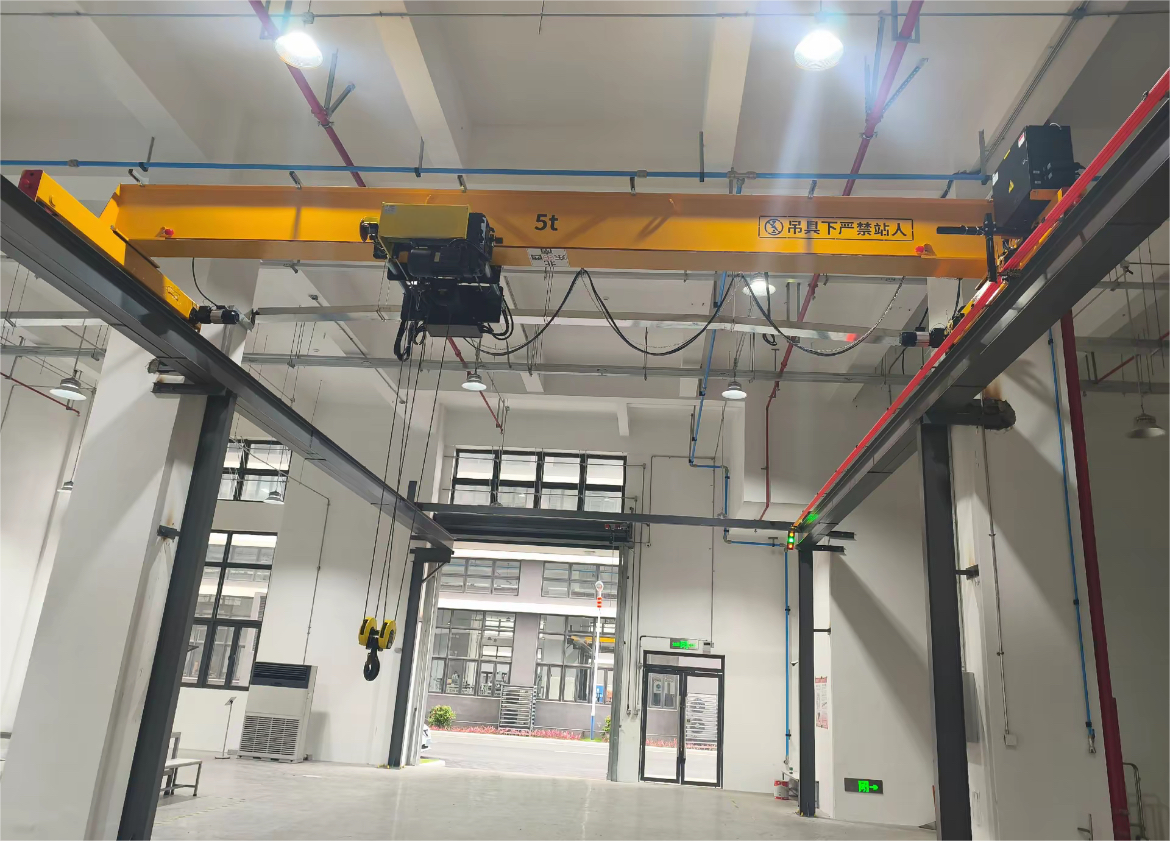
Key Purchase Recommendations
1. Choose Manual Control If:
Budget is tight (e.g., startups or short-term projects).
Usage is sporadic (≤10 lifts/month).
No stable power supply (e.g., remote sites).
2. Choose Electric Hoist Systems If:
High-frequency operation (≥20 lifts/day).
Precision positioning is critical (e.g., assembly lines).
Labor costs exceed $5,000/month.
3. Hybrid Solutions
Retrofit manual cranes with Electric Hoist ($3,000–4,500).
Case Study: A workshop upgraded a 5-ton manual crane with an Electric Hoist, boosting productivity by 40% while saving $6,000 upfront.
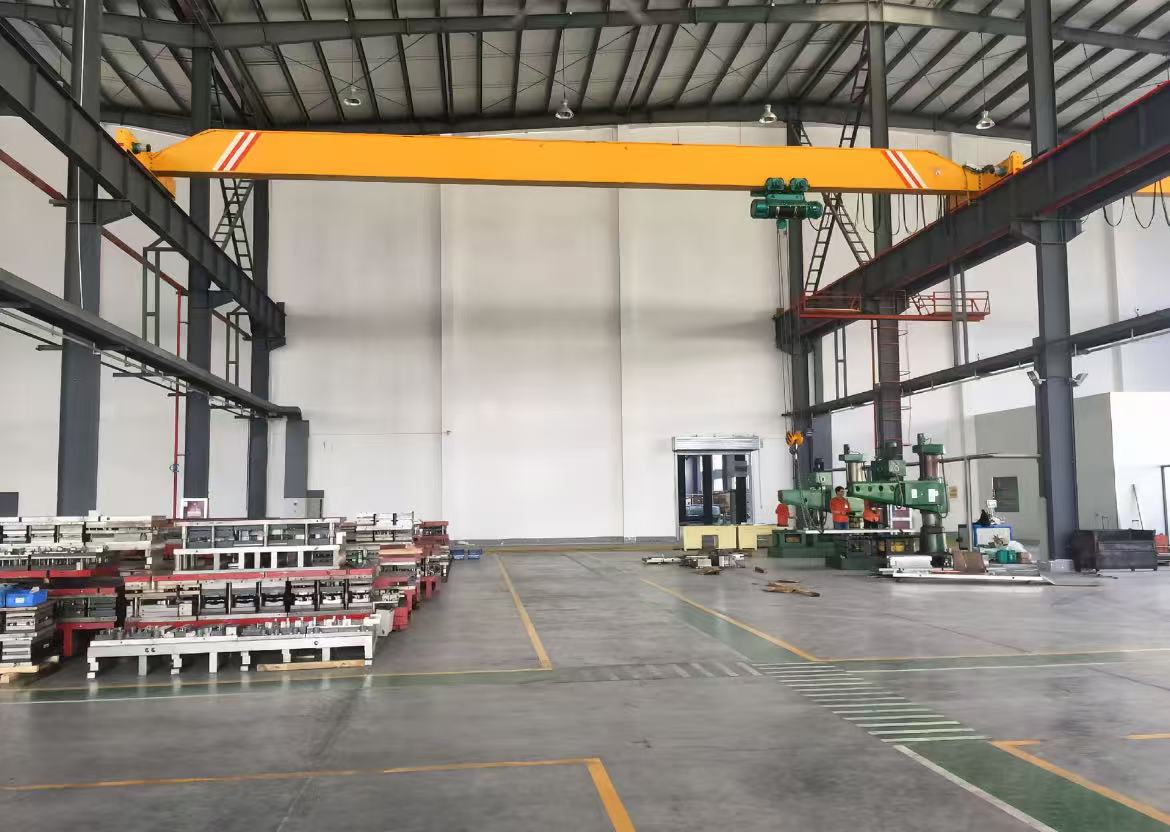
Future Trends Impacting Costs
Automation: Retrofitting manual cranes with PLCs ($2,000) enables semi-automatic operation.
Energy Recovery: Regenerative braking in Electric Hoist systems cuts energy use by 15–20%.
IoT Predictive Maintenance: Sensors on Electric Hoist reduce unplanned repairs by 30%.
The choice between manual and electric Single-Girder Overhead Cranes hinges on balancing upfront investment with long-term operational savings. Systems with Electric Hoist dominate high-usage scenarios, while manual controls suit budget-limited or low-frequency applications. Use lifecycle cost (LCC) models to quantify total expenses and avoid over- or under-specification.

